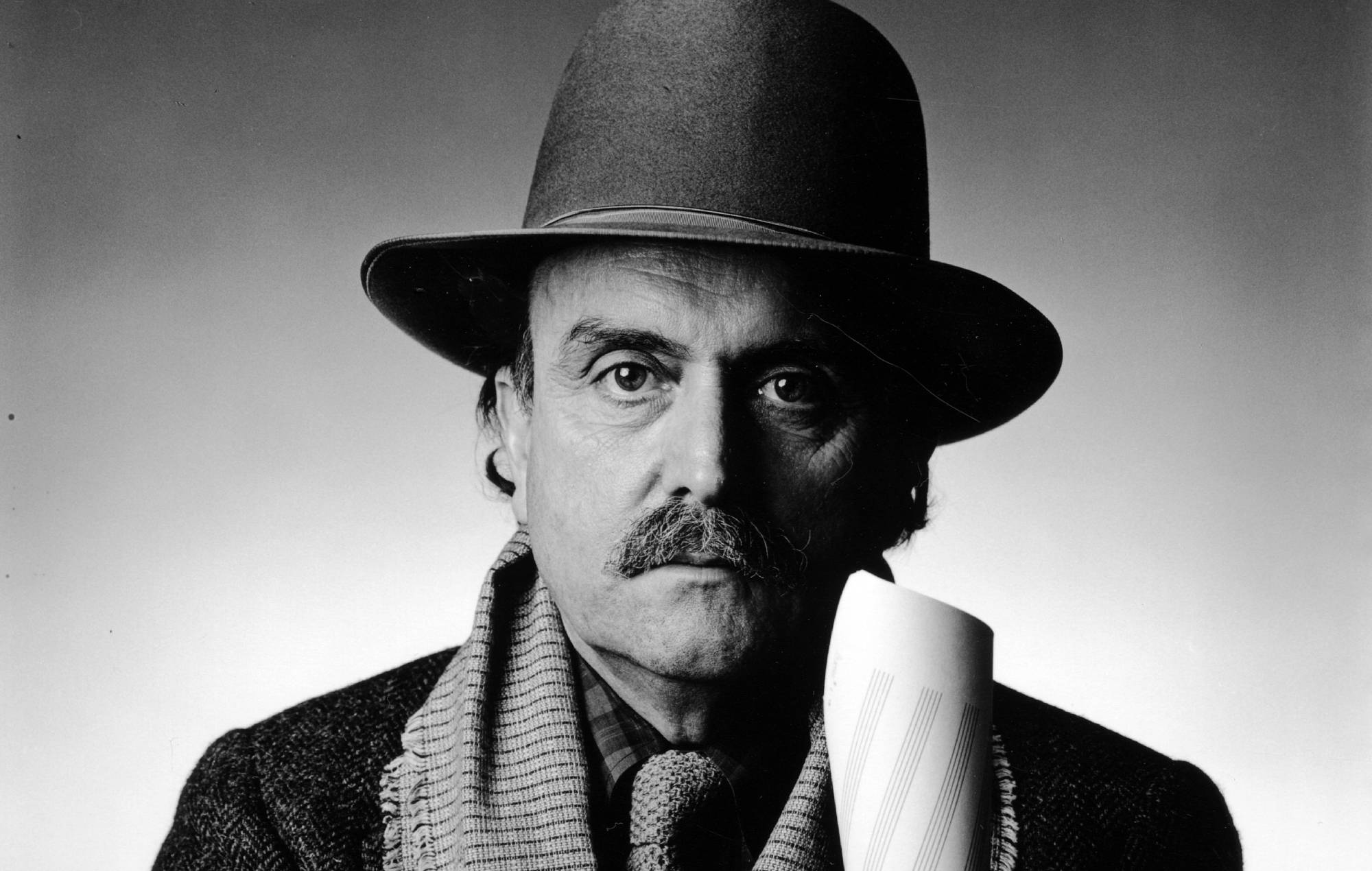
Scientists have created a “mini-brain” using the cells of avant-garde composer Alvin Lucier and are using it to make new music.
The groundbreaking fusion of art and science is known as Revivification and is being hosted at the Art Gallery of Western Australia in Perth, where the free-to-enter exhibition runs until August 3.
Lucier was an American sonic experimentalist and composer that explored the effect of the human body’s role in music creation. He is best known for pieces such as ‘Music For Solo Performer’ in 1965, which used brain waves to produce music, and ‘I Am Sitting In A Room’ in 1971, that recorded the physical properties of the room in which is made.
In 2018, he began working with the Revivification team, and two years later when he was battling Parkinson’s disease, consented to giving blood cells to the project. Scientists at Harvard reprogrammed them into stem cells, which then developed into three dimensional organoids that mimic aspects of the human brain. Lucier died in 2021 at the age of 90.
Find out more about Revivification here.
Now, the “mini-brain” is on full display, being housed inside a structure of 20 brass plates. The “mini-brain” produces signals which send pulses that hit the plates to create “complex, sustained resonances that fill the space with sound,” according to the gallery.
Recommended
One of the figures behind Revivification, Guy Ben-Ary, told The Guardian: “We’re very interested to know whether the organoid is going to change or learn over time.”
“When I told Lucier’s daughter Amanda about the project, she laughed. She thought, this is so my dad. Just before he died he arranged for himself to play for ever. He just can’t go. He needs to keep playing.”
The team have also discussed the ethical considerations brought about by the project. “As cultural workers, we are really interested in these big questions. But this work is not giving the answers. Instead we want to invite conversations,” said Nathan Thompson. “Can creativity exist outside of the human body? And is it even ethical to do so?”
See the Art Gallery of Western Australia’s exhibition page here.


 8240
8240